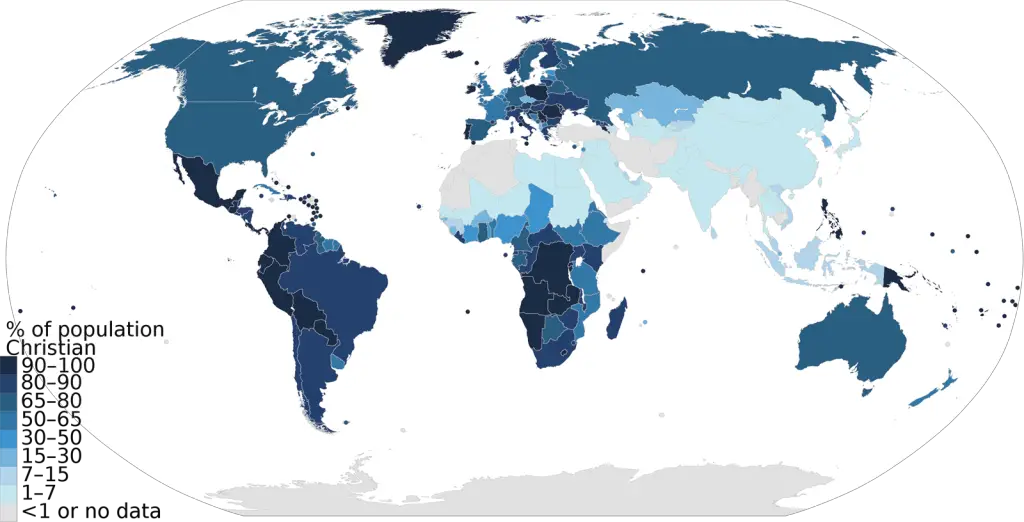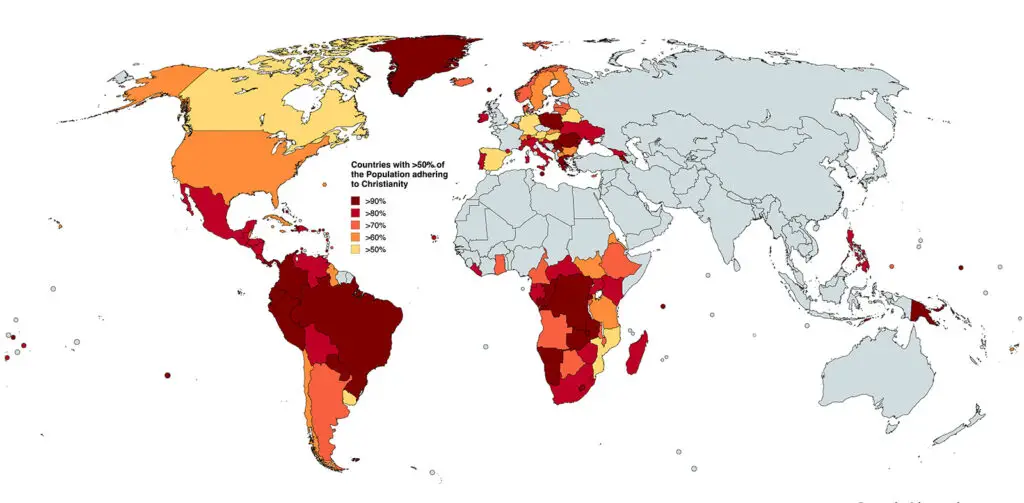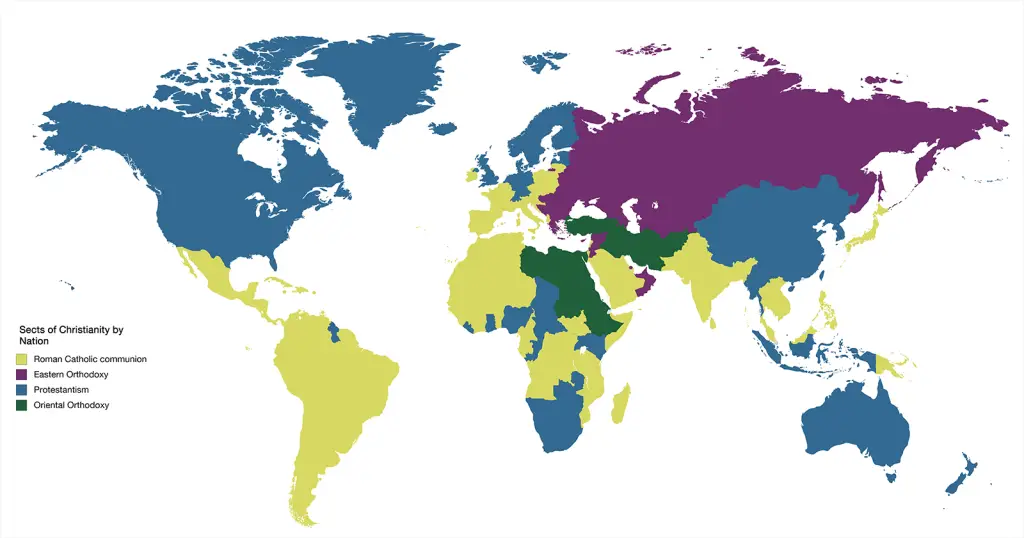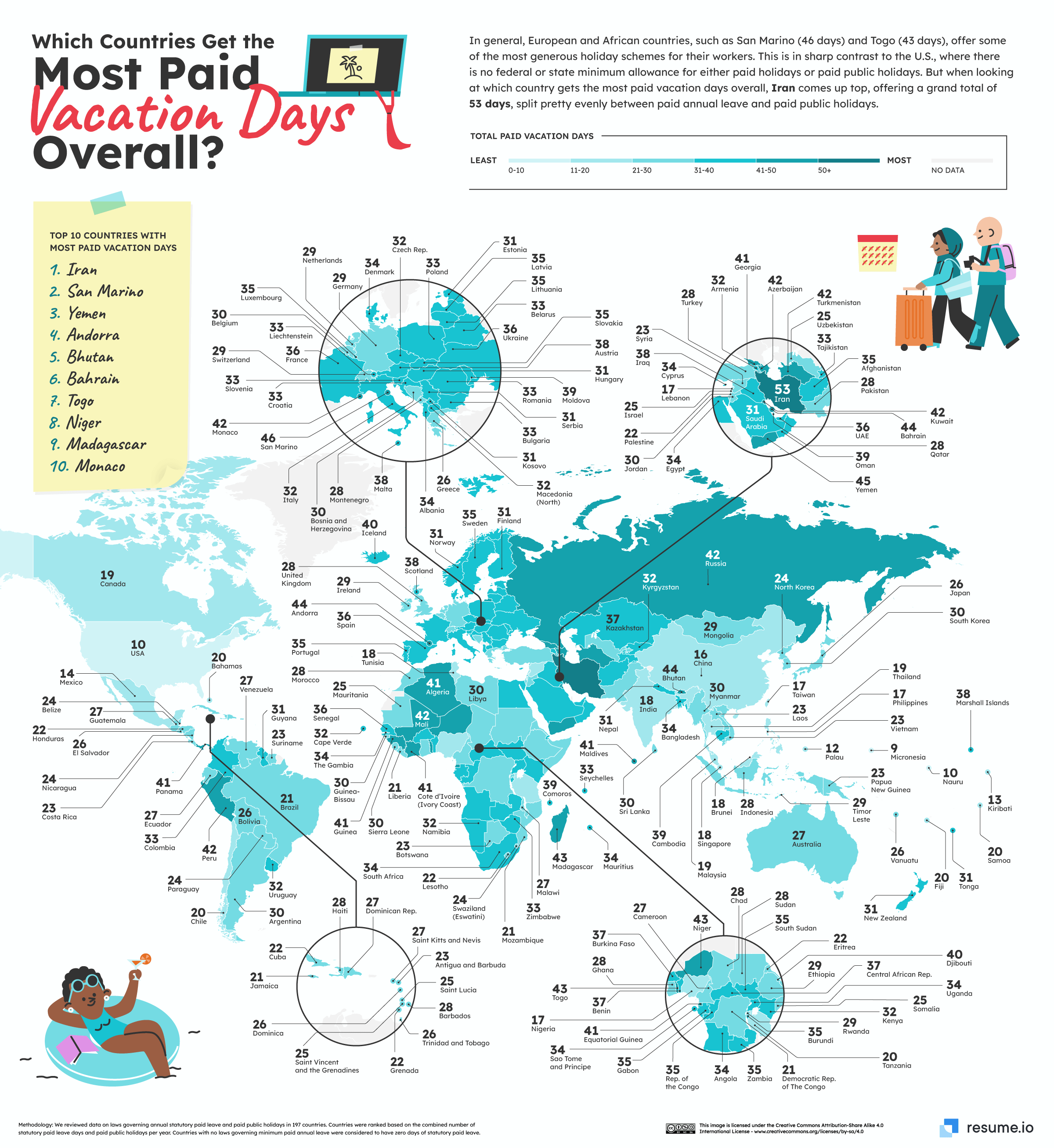The Global Landscape of Christianity: A World Map Perspective
Christianity, rooted in the life and teachings of Jesus Christ, stands as the world’s most widespread religion. As of 2024, approximately 2.5 billion people identify as Christians, representing about 31% of the global population [1]. This ancient faith, born in the Middle East, has spread to every corner of the world, shaping cultures, societies, and individual lives.

This world map vividly illustrates the global distribution of Christianity. The faith’s influence stretches across continents, with notable concentrations in the Americas, Europe, sub-Saharan Africa, and parts of Oceania. However, the landscape of Christianity is far from uniform, with significant variations in adherence and practice across different regions.
Christians form the majority in 157 countries and territories, while in others, they represent a minority. To give you a clearer picture, let’s examine the top 10 countries with the largest Christian populations:
| Country | Christian Population | Total Population | % Christian | Dominant Sect |
| USA | 253 million | 332 million | 76% | Protestantism |
| Brazil | 181 million | 214 million | 85% | Catholicism |
| Mexico | 121 million | 130 million | 93% | Catholicism |
| Russia | 105 million | 145 million | 72% | Eastern Orthodox |
| Philippines | 94 million | 112 million | 84% | Catholicism |
| Nigeria | 91 million | 211 million | 43% | Mixed |
| China | 70 million | 1.4 billion | 5% | Protestantism |
| DR Congo | 69 million | 92 million | 75% | Catholicism |
| Germany | 58 million | 84 million | 69% | Mixed |
| Italy | 51 million | 60 million | 85% | Catholicism |

While Christianity remains the dominant religion in many parts of the world, its global landscape is evolving. In recent decades, we’ve observed a shift in the center of gravity of Christian populations. The faith is experiencing a decline in its traditional strongholds in the West, while simultaneously witnessing significant growth in the Global South, particularly in Africa and parts of Asia.

Christianity is not a monolithic entity but a diverse faith with numerous branches and denominations. The four largest branches are:
- The Catholic Church (1.35 billion adherents)
- Protestantism (900 million adherents)
- Eastern Orthodox Church (220 million adherents)
- Oriental Orthodox churches (60 million adherents)
Each of these branches has its own distinct traditions, practices, and geographical concentrations, contributing to the rich diversity of global Christianity.
Looking ahead, demographers project that the number of Christians worldwide will continue to grow, reaching an estimated 3.1 billion by 2050. However, due to faster population growth in other religious groups, Christianity’s share of the global population is expected to remain relatively stable at around 31%.
The future growth of Christianity is expected to be primarily driven by population increases in Africa. By 2050, nearly 40% of the world’s Christians are projected to live in sub-Saharan Africa, up from 24% in 201. This demographic shift is likely to have profound implications for the future of the faith, potentially influencing its practices, theological emphases, and global outreach.
In contrast, Europe, once the heartland of Christianity, is experiencing a decline in Christian adherence. Secularization, coupled with demographic changes, is reshaping the religious landscape of the continent. Despite this, Christianity continues to play a significant role in European culture and society.
World Maps on Amazon:








